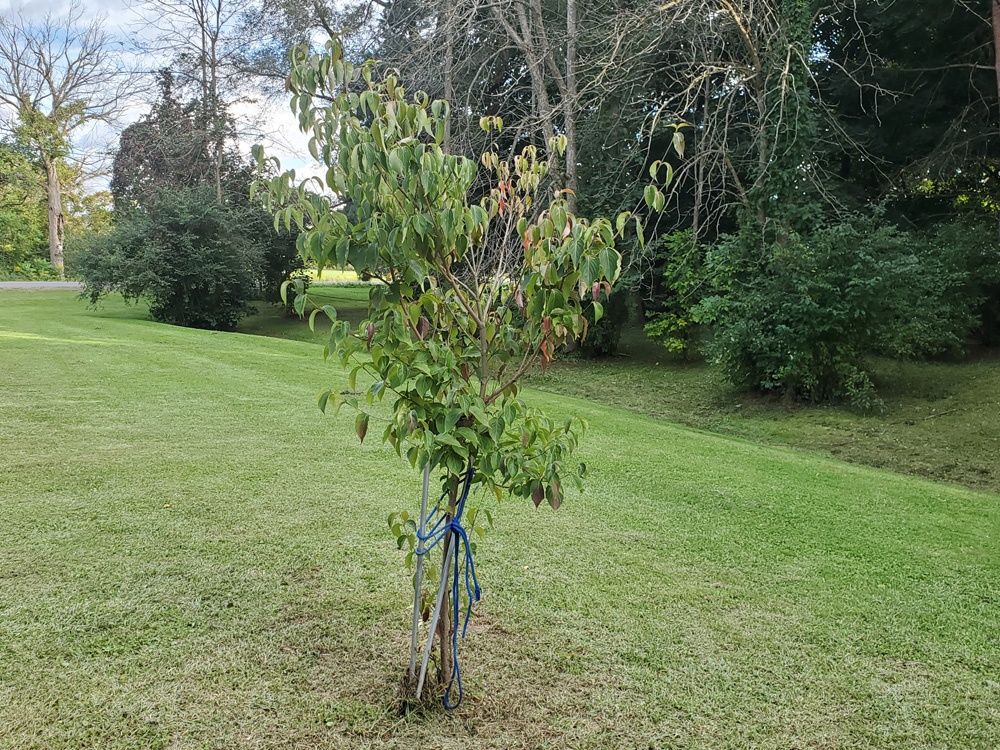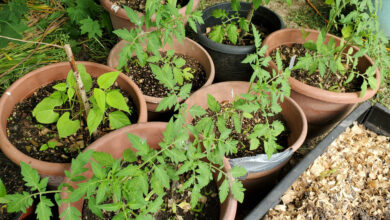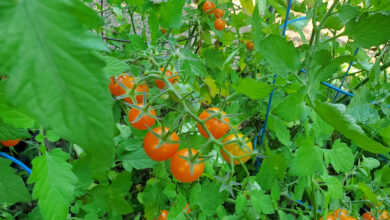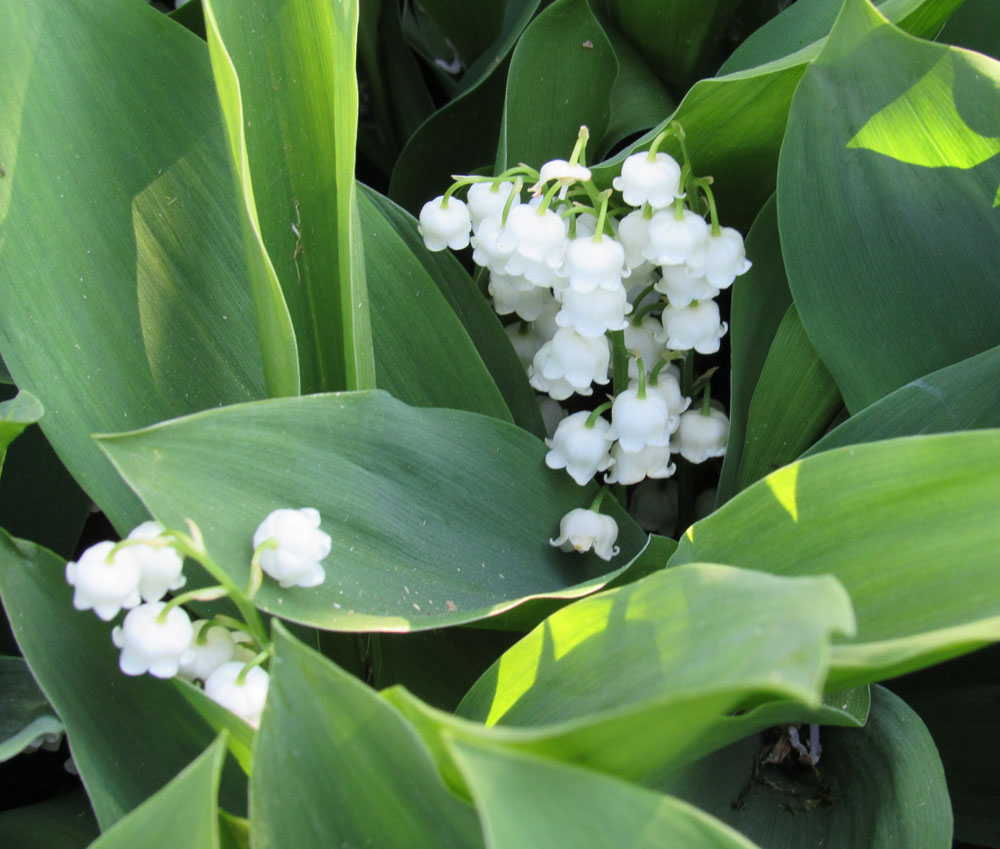Fall tree planting

Late summer and early fall are great times for planting, but what about trees? Trees are the largest plants in the landscape and can be a big investment for gardeners. University of Wisconsin-Madison Extension says there are many benefits to planting trees between mid-September and mid-October.
Transplanting does cause stress for trees, but autumnal conditions help to mitigate some of that stress. Newly transplanted trees must grow new roots to help establish themselves if they are to survive the winter. Fall is a good time for root growth as cooler conditions above ground and warm enough conditions in the soil mean the tree will lose less water. Additionally, the tree can put more resources into root development as foliage drops. Rainfall tends to be more plentiful in autumn, which also lessens stress.
That said, some tree species are better to plant in fall than others. Trees with fibrous root systems recover faster and establish faster, as do deciduous trees. Slow-growing species with long tap roots may not do as well when planted in the fall; they should be planted in the spring. The University of Wisconsin-Madison Extension also advises against transplanting evergreens in the fall. That’s because they are prone to winter burn. All evergreens can suffer from this condition, but newly transplanted evergreens are especially vulnerable because they cannot develop root systems fast enough to take up enough water before the ground freezes. Needles are the leaves of evergreens, and they will continue to photosynthesize during the winter. They need established roots to take up sufficient water to help them get through the cold months. If they cannot do so because of unestablished roots, portions of the tree may dry out. Wind and warm temperatures can make the condition worse. If you must plant evergreens in the fall, it is best to do so before mid-September so the roots have enough time to establish.
The University of Wisconsin also advises to be cautious about buying clearance nursery stock in the fall. If it looks unhealthy, it probably is, and you risk bringing home a tree that will likely die or introduce pests or disease into your landscape. If the nursery is trying to get rid of overstocked trees, make sure you have an appropriate site for planting and growth. Trees are a major purchase, and you need to research if you have the right conditions and enough space for the size of the mature tree. An impulse buy could be risky as the tree may not do well in your yard.
When planting trees, make sure you purchase a bagged and burlapped or container-grown tree. Do not plant bare-root trees in autumn. Remove any wire, tags, burlap, or plastic after the tree is placed in the planting hole. Remember, trees should not be planted too deeply, and water well throughout the fall. Picking moderately sized trees also helps ensure successful planting at this time of year.
Trees that do well when planted in the fall include apple, elm, catalpa, horse chestnut, hackberry, linden, most maples, crabapple, honey locust, and sycamore. Trees that do better with spring planting include cherry, plum, oak, ginkgo, birch, beech, magnolia, red maple, poplar, tulip tree, sweet gum, willow, and evergreens.







